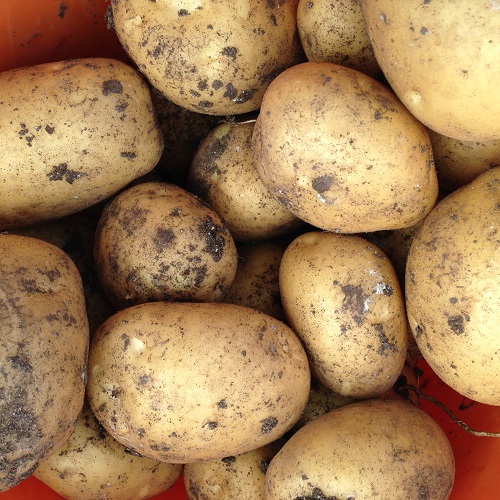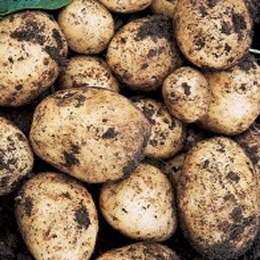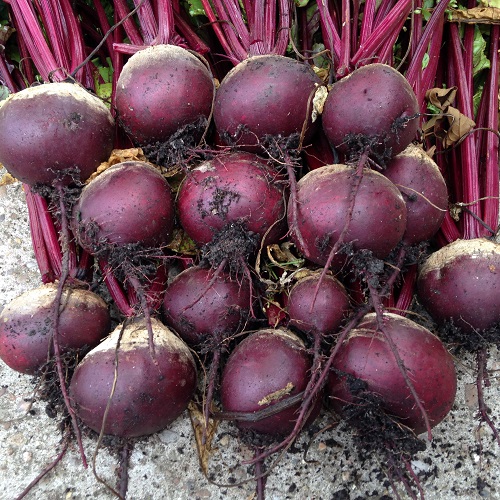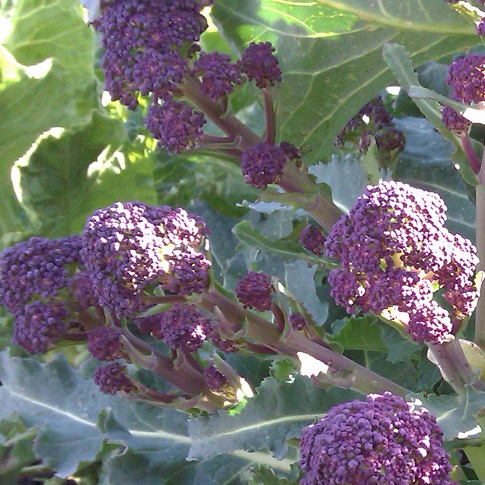Customers who bought this item also bought:
Beetroot Boltardy£0.99
£0.79
Beetroot Boltardy is the most popular variety for early and.....
Average Contents : 350 seeds
Broccoli Purple Sprouting Early
£0.99
Purple Sprouting Early is for harvesting in February.....
Av. Packet Contents : 250 seeds
Customer Reviews
Nicola Seed Potatoes
Write a Review and share your opinions!




